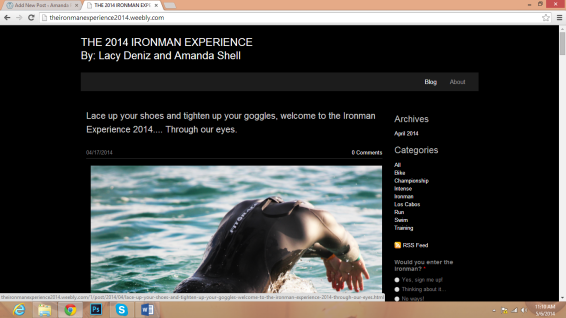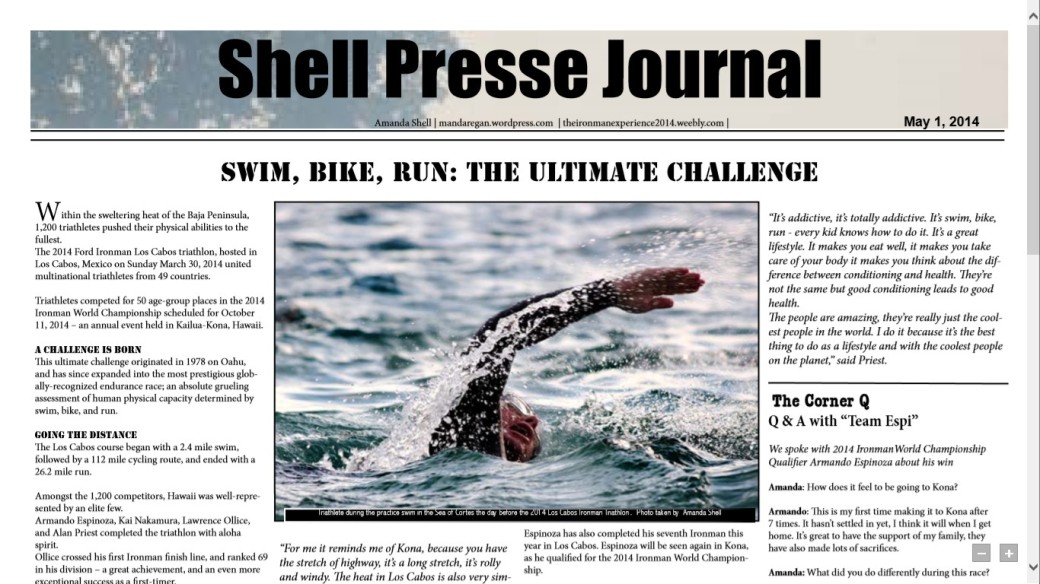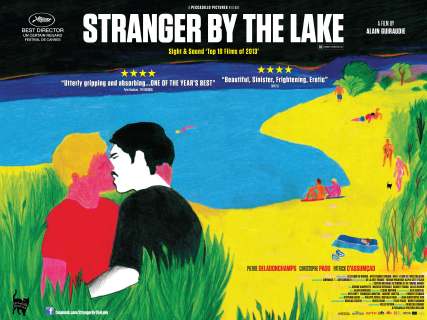WEST HAWAII EXPLORATION ACADEMY STUDENTS EXPLAIN THE SIGNIFICANCE OF ANCHIALINE PONDS
Beneath the Kona sun, one’s skin is grazed with atmospheric warmth and the scent of sea water. Rolling morning waves regularly creep onto the shore, carried by dry Kona trade winds that pass over the coastal Hawaiian waters – each time approaching the sand, from a slightly different distance than the last. Volcanic rocks seen in the horizon, emulates a lunar landscapes. Kona is a special rigid and dark land of truly natural creation.
The islands of Hawai’i possess unique natural features that have nurtured its inhabitants with abundant life necessities for generations. Exclusive to tropic and subtropics’ regions of the Earth, anchialine ponds not only serve as an important contributor to the water cycle, but also sustain rare aquatic organisms uncommon in other regions of the world. According to Richard E. Brock, James E. Norris, David A. Ziemann and Michael T. Lee’s Characteristics of Water Quality in Anchialine Ponds of the Kona, Hawaii, Coast, a University of Hawai’i Press from 1988, Hawai’i’s Kona district has been estimated to nourish over 70 percent of the anchialine ponds on the island of Hawai’i.
At the Ninth annual Children’s Culture Festival on November 22-23rd at Koloko Honokohau National Historical Park in Kona-Kailua, students from West Hawai’i Exploration Academy (WHEA) demonstrated the significance of anchialine ponds, to visiting fourth and fifth graders from three Kona-district elementary schools. The WHEA anchialine pond demonstration gave visiting students an opportunity to participate in a hands-on activity that displayed strong visual understandings of the area’s formation and water processes.
Anchialine ponds are sea-neighboring, rock-enclosed indentations formed in limestone and volcanic rock. These ponds fill up with brackish water (ocean saltwater combined with mountain freshwater) via underground links, in which freshwater travels. The process begins when freshwater evaporates from the ocean, travel over land falls as precipitation.
“The water then infiltrates the rock,” said a WHEA student, as she poured water onto a small piece of volcanic rock. “The water that infiltrates the rock either goes into the ground, and becomes our groundwater (drinking water) or it flows down into the Anchialine ponds.”
“Does anybody know what an Ahupua’a is?” a WHEA student asks, as the fourth grade students eagerly gathered around the display table.
“An Ahupua’a, is a strip of land that runs from the mountain to the ocean. It is where many ancient Hawaiians lived, because that land provided them with everything they needed,” the WHEA student responded.
The Ahupua’a serves as a rout for naturally moving freshwater that enters the anchialine pond and integrates with ocean salt water that has passed into the pond during tidal movements. Because saltwater is denser than freshwater, it settles at the bottom of the pond beneath the freshwater. According to a WHEA student, “anchialine ponds support a variety of rare organisms that have adapted to the fluctuation of salinity.”
These ponds are necessary to keep rare organisms alive, just one of the many reasons anchialine ponds are a vital component to the aquatic ecosystem. Unfortunately, anchialine ponds are highly threated and face risks of depletion on a regular basis, foreign species that enter the ponds desecrate rare organisms, killing and eating them, which amplifies the possibility of their extinction. Water contamination and coastal development also endanger the anchialine ponds. Coastal development ruins the ponds by crushing the tunnels that transport water into the reservoir. Construction runoff destroys the ponds as bulky debris and chemicals impede its natural flow process. Natural disasters, such as tsunamis also, annihilate the anchialine ponds. According to Characteristics of Water Quality in anchialine ponds of Kona, Hawaii, Coast, in late 1985 over 130 anchialine ponds were destroyed by coastal development. Ancient Hawaiians used the anchialine ponds for fishing and bathing, employing techniques that validated the ponds as valuable natural resources necessary for survival.
By raising community awareness, prohibiting construction near the anchialine ponds, and removing invasive species, this important ecosystem can and should be protected.





























